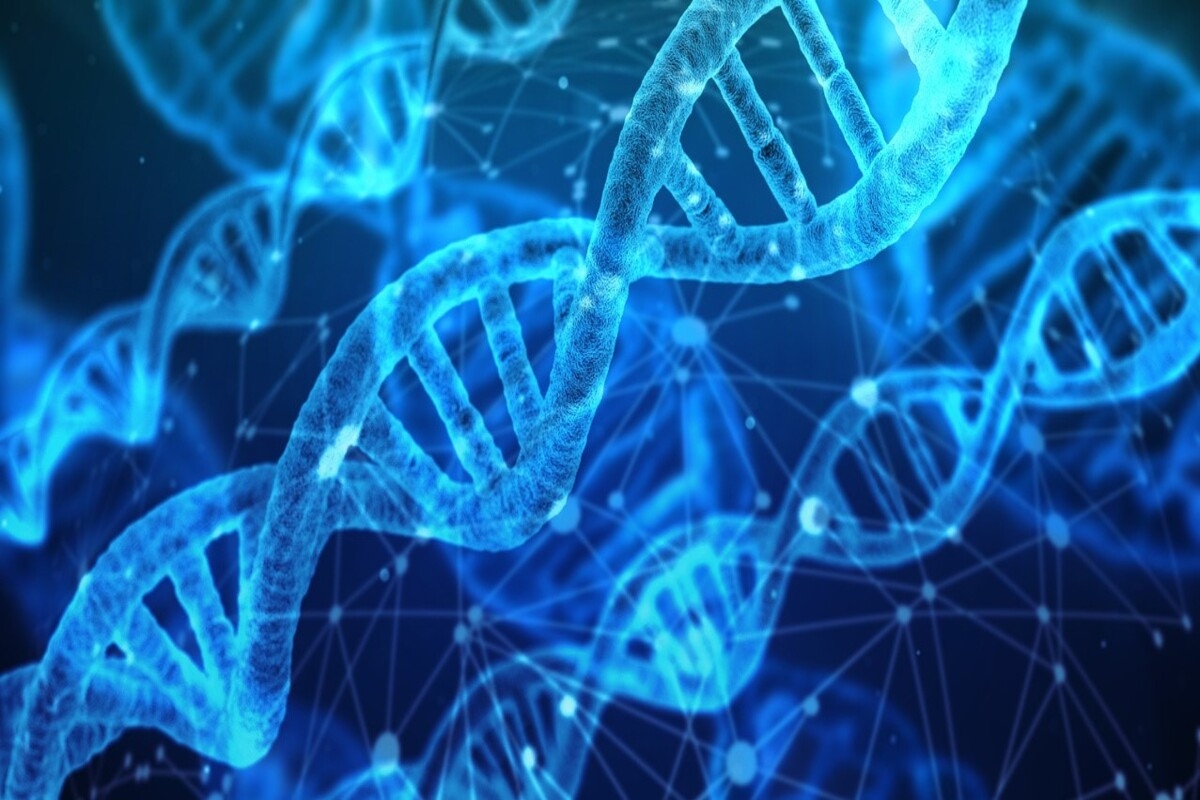
In 2050, Spain is projected to be warmer, drier, and more prone to extreme climate events than it is today. Average temperatures will rise, rainfall will become less frequent but more intense, summers will grow longer, and droughts will increase in both frequency and severity. In response, the construction sector is already experimenting with innovative materials designed to enhance energy efficiency in buildings and help the housing stock adapt to the mounting challenges of climate change.
Transparent wood and salmon DNA aerogel are two key innovations in this field. Transparent wood, produced by removing lignin—the component responsible for its brown color—and replacing it with a transparent polymer, offers superior insulating properties compared to glass. For example, its use in windows and balconies could significantly reduce the need for heating or air conditioning. Moreover, “super cooling” materials such as salmon DNA aerogel, derived from fishery industry waste, stand out for their ability to reflect solar radiation, keeping the objects or spaces they cover cool without using energy. Both constitute new materials that are biodegradable and thus have a smaller environmental footprint compared to traditional options such as glass, steel or plastic.
For more information on these innovative materials, see: Hall, Shannon. "The cool technologies that could protect cities from dangerous heat." Nature 632, 2024; and, Xia, Qinqin, et al. "Solar-assisted fabrication of large-scale, patternable transparent wood." Science Advances 7, 2021.